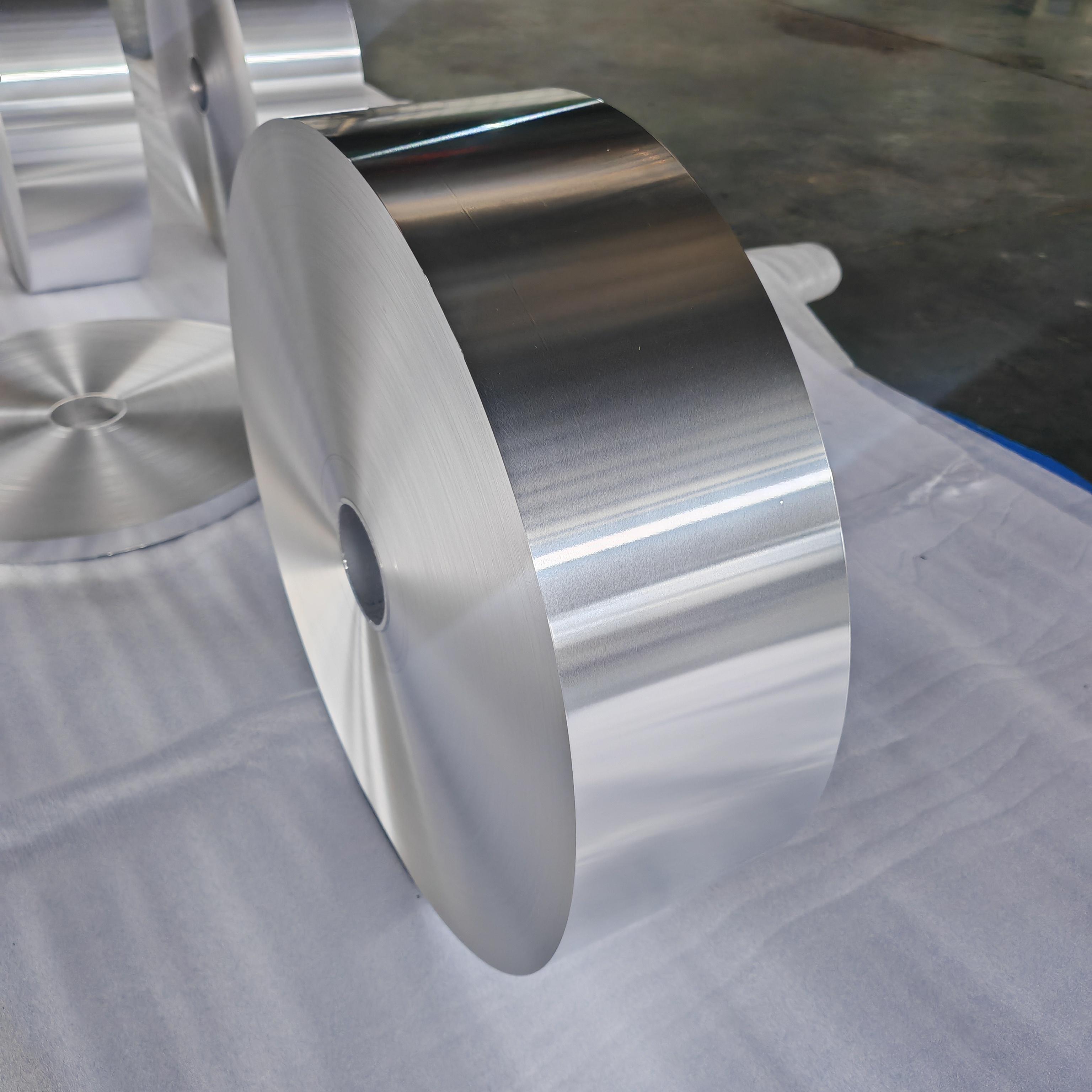if a dog ingests aluminum foil, it can potentially lead to vomiting as one of the potential side effects.
When a dog eats aluminum foil, there are a few key concerns:
-
Intestinal Blockage:
- Aluminum foil can get stuck in the dog's digestive tract, causing a partial or complete intestinal blockage.
- This can prevent normal passage of food and lead to symptoms like vomiting, loss of appetite, and abdominal pain.
-
Gastrointestinal Irritation:
- The sharp edges and texture of aluminum foil can irritate the lining of the dog's stomach and intestines.
- This irritation can trigger the dog's vomiting reflex as the body tries to expel the foreign material.
-
Toxicity:
- While aluminum itself is not highly toxic to dogs, the coatings or other materials used in some aluminum foils can be problematic if ingested.
- These additional substances can also contribute to gastrointestinal upset and vomiting.
If a dog has ingested aluminum foil, the following signs may indicate a problem:
- Vomiting
- Lack of appetite
- Abdominal pain or discomfort
- Constipation or difficulty passing stool
- Lethargy or reduced activity levels
In such cases, it's important to contact a veterinarian immediately. The vet may recommend various treatments, such as inducing vomiting, administering fluids, or even surgical intervention if the foil is causing a blockage.
Prompt veterinary attention is crucial, as a dog ingesting aluminum foil can potentially lead to serious health complications if left untreated. Prevention, by keeping aluminum foil and other potentially hazardous items out of a dog's reach, is the best approach to avoid such issues.

